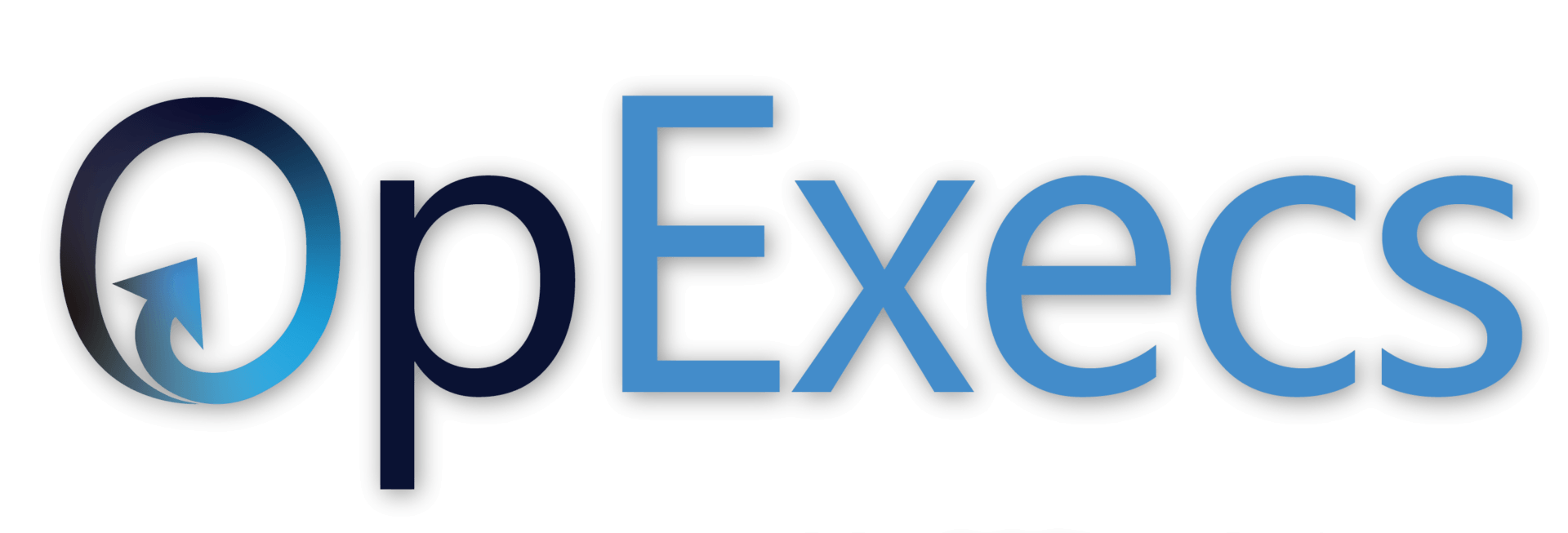RESTRUCTURING
Streamlining
In today’s rapidly changing marketplace, being agile is key to survival.
Agility refers to your organization’s ability to perceive, think and respond quickly.
- Detailed, complicated processes can not keep up with the speed of innovation and change required to succeed in today’s environment
- To become more agile, an increased level of decision-making and authority must be driven closer to the customer. Through simplified processes which are focused on value adding activities, flexibility can be built into a standard way of doing things so that front line workers can respond directly to customers’ requests.
- We will partner with you and your teams to define current processes, identify the non-value adding activity, streamline the future state and build in flexibility where required to enable agility.
How We Helped
Large industrial chemical company streamlines the commodity strategy development process
Opportunity: A Fortune 100 chemical manufacturing company lacked a standard process to help them leverage their buying of commodities across all regions. Sourcing people were located around the world. This distance and time gap made communications a challenge. They did not see themselves as part of a team which resulted in insufficient leverage on some very large global purchases of materials. There was no defined, documented strategic commodity sourcing process; hence, there was no clear view of the opportunities and no clear metrics by which to gauge success. The SVP of Procurement thought there was a very large opportunity to bundle purchases and optimize savings.
Results: The future state process shrunk the commodity strategy development for products from a range of 1.5 – 3 years to an average of 90 days. Several teams achieved immediate success after using the new process. The company not only adopted the new strategic process but also adopted the use of Workout throughout the sourcing organization to achieve faster team results.
Additional Items
Cycle Time Value Added Analysis Tool – This tool allows teams to analyze each step in the process in terms of 1) cycle time (time to process one unit or service) and 2) value adding (Steps are essential because they change the product/service, customer is willing to pay for them and they are done correctly the first time.) The team-based analysis shows which steps should be eliminated and which have longer cycle times, becoming bottlenecks (slowing the flow of the overall process) requiring optimization
Value Stream Map – Looking at your processes from a birds’ eye view allows you to identify the flow of value from suppliers, through your process and to your customers. Taking a critical eye to this flow of value enables you to identify the most significant waste and prioritize improvement efforts.
Process Analysis – Once Key Process Indicators (KPI’s) have been identified, we can measure the process and see how close we are to the process’ target. The gap between the target and our goal identifies the opportunity to improve. The target can be related to cycle time, defects, cost, customer impact or process traceability and status.
Define, Measure, Analyze, Improve, Control Approach (DMAIC) – in order for teams to effectively attack the opportunity, they must be taught a methodology to improve. Depending upon complexity, teams can use a cycle of Plan, do, check act, (PDCA) or the DMAIC (Lean Six Sigma) project-based approach.
Lean Pull Systems and Takt Time Analysis - A lean pull system is one designed to ensure work is pulled through the system only if there is a demand for it. Pull systems use a trigger which starts with a customer demand and finishes with a supplied product or service. Takt time analysis involves studying your customer demand for products/services at different times of the day/week to ensure that your system (people, equipment, processes) is set up to provide services at a rate which matches customer demand. Whether your customer is a patient visiting your healthcare center, a consumer buying a product or an internal customer requiring a report. All will benefit from a system designed for ‘pull’.
